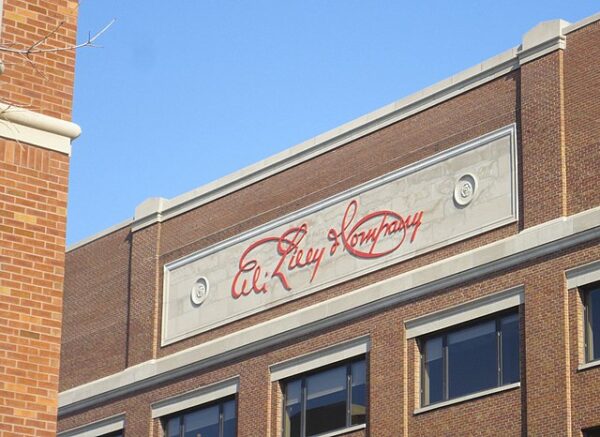When Republicans blocked a heavy-handed price cap on the cost of insulin last year, many pointed to the market competition working to lower the price, which would have better long-term outcomes for Americans. It turns out they were right.
A major pharmaceutical company announced that it is dramatically lowering the price for the medicine that diabetics need regularly.
The Wall Street Journal writes that the company also said that on May 1 it would reduce the list price of an unbranded insulin it sells to $25 a vial from $82 a vial, the lowest level for any insulin that diabetes patients take around mealtimes, and less than Lilly’s list price for a Humalog vial in 1999. And it plans to improve a program capping patients’ out-of-pocket costs at $35 a month.
The aggressive price cuts we’re announcing today should make a real difference for Americans with diabetes,” said Lilly Chief Executive David Ricks.
The list-price cuts won’t necessarily mean that all people with diabetes will see a corresponding decrease in their out-of-pocket costs for Lilly’s insulin. Many insured patients pay fixed monthly copays that may not immediately change.
Some insured and uninsured patients whose out-of-pocket costs exceed $35 a month should be able to benefit, however, from the changes Lilly is making to its program capping monthly costs.
“The average price of insulin nearly tripled between 2002 and 2013, the American Diabetes Association says. GoodRx research shows that the trend has continued, with the average retail price of insulin rising 54% between 2014 and 2019,” according to CNN.
Demand for insulin has grown significantly as diabetes has become the fastest-growing chronic disease in the world, a 2022 study found.
In the US alone, the number of adults with diabetes has doubled over the past 20 years, and more than 37.3 million people now have it, according to the US Centers for Disease Control and Prevention. Another 96 million Americans – 38% of the population – have prediabetes, a condition in which blood sugar levels are higher than normal but not high enough for a diagnosis of type 2 diabetes. This can often lead to diabetes.
The US Food and Drug Administration’s approvals of generic insulin and biosimilars – drugs similar to original versions that can be made differently or with slightly different substances – have driven down the price at least somewhat, according to GoodRx.”
Insulin is vital to many Americans. The American Diabetes Association has written that “more than 37 million Americans – about 11% of our nation – are living with diabetes and 8.4 million Americans rely on insulin to survive. Insulin costs 10 times more in the U.S. than anywhere else in the world. And as many as 1 in 4 insulin users report rationing their insulin – skipping doses or taking less than they need, putting themselves at risk for serious and even deadly complications. In the diabetes community, which includes an outsized number of low-income Americans and for whom insulin means the difference between life and death, the rising cost of insulin is unsustainable.”
The ADA’s CEO, Chuck Henderson, praised Eli Lilly’s move, saying, “We applaud Eli Lilly for taking the important step to limit cost-sharing for its insulin, and we encourage other insulin manufacturers to do the same. While we have been able to help achieve significant progress on the issue of insulin affordability, including Medicare’s new out-of-pocket cost cap on insulin, state copay caps, and patient assistance developments from insulin manufacturers, we know that our work is not done. We will work to ensure that Eli Lilly’s patient assistance program is benefiting patients as intended and continue the fight so that everyone who needs insulin has access.”
[Read More: As Companies Brace For Recession, DEI Gets Cut First]



